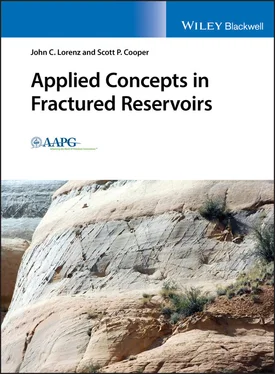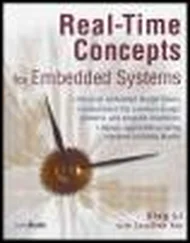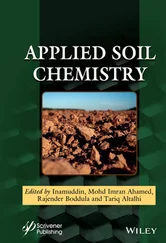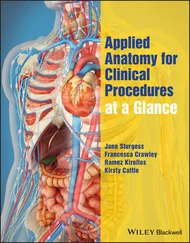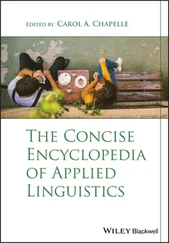The default conceptual natural fracture in early reservoir models was a regularly spaced, randomly oriented, open slot of uniform width. The reality is that the fractures of a typical fracture set in a hydrocarbon reservoir are log‐normally spaced, systematically oriented, and have irregular apertures. Although a significant variety of fracture types exist in hydrocarbon reservoirs (see Lorenz and Cooper, 2018a), their effects on permeability can be reasonably assessed if the fracture type, degree of occlusion, degree of development, and tectonic setting can be characterized.
For example; shear fractures commonly occur as related, intersecting conjugate pairs whereas extension fractures occur as poorly‐connected parallel planes. Shear fractures form vertically and laterally interconnected drainage networks but the individual shear‐fracture apertures and therefore permeabilities are irregular. In contrast, sets of extension fractures create highly anisotropic drainage in a reservoir, and are likely to be vertically limited by lithologic discontinuities. Thus, it is important to not only recognize the presence of fractures in a reservoir but also to both correctly identify the fractures by type and to fully characterize them. Fractures in a reservoir must be understood, they cannot be merely counted and oriented.
Correct fracture identifications and characterizations allow the geologist, modeler, and engineer to be accurate in spotting well locations and designing horizontal wellbore azimuths. These data provide anchor points for seismic and petrophysical interpretations as well as basic data for reasonable determinations of fracture‐system volumetrics including porosity, permeability, reserves, recovery factors, and production rates. Accurate knowledge of fracture systems allows engineers to design appropriate completion and production strategies, taking advantage of or at least accommodating fracture‐controlled drainage anisotropy and stress‐sensitive permeabilities. Such in‐depth knowledge allows the petrophysicist to more accurately interpret image logs.
This volume is a companion volume to our earlier Atlas of Natural and Induced Fractures in Core (Lorenz and Cooper, 2018a). That volume provides a tool for accurately identifying different fracture types whereas this volume discusses how the different types formed, and how they affect reservoir volumetrics. The present volume is divided into three sections. Part 1, Understanding Natural Fractures: Fracture Types, Dimensions, and Origins , discusses the origin, the characteristics, the variations among, and distinctions between extension fractures and shear fractures. It also describes microfractures, fractures associated with faults, the effects of the different geomechanical properties of different lithologies on fracture development, fracture domains, and fracture corridors. The important mineralization that can occlude fracture apertures and reduce fracture permeability, as well as the dissolution that can enhance it, are included in the discussions. The characteristics of both individual fractures (length, widths, heights, apertures) and fracture populations (spacings, interconnectivity) of different fracture types are described.
Part 2, Measuring and Analyzing Fractures in a Reservoir , deals with techniques for logging and obtaining the maximum amount of data from cores. It includes techniques for distinguishing natural from induced fractures, and discusses the potential uses of different kinds of induced fractures in determining the in situ stress orientations as well as in determining the orientations of fractures relative to the stresses and to each other. We describe the pros and cons of oriented core and techniques for quality‐checking a core‐orientation survey, as well as techniques for fracture analysis once the fracture data have been collected. Included in this section are the expressions of fractures in image logs and the advantages of correlating image logs to cores, noting the significantly increased value of both the image log once it has been calibrated to core, and of a core that has been oriented using an image log.
Part 2also offers the observation that there are several valid fold‐related fracture models, each appropriate to one of the different mechanisms for folding strata, suggesting that there is no universal model that describes fracture distributions and orientations on anticlines. In addition, we will describe the potential distributions of fractures along wrench faults and within fold and thrust belts.
Part 3describes Effects of Natural Fractures on Reservoirs , offering techniques for estimating volumetrics in fractured reservoirs, and discussing the fracture‐related enhancement and/or degradation of reservoir permeability. This section will describe differences in the potentials of different fracture systems to create drainage and permeability anisotropy in a reservoir. We also illustrate the changes in the fracture‐related permeability that can be caused when fracture apertures narrow during changes in reservoir fluid pressures and the related effective stresses during production. A series of wells drilled into a fractured reservoir tends to have non‐uniform production rates and recoveries, so the effects of fracture corridors and domains in creating reservoir sweet spots are discussed. Finally, we will address the issue of interactions between natural fractures and hydraulic stimulation fractures.
The primary literature on natural fractures is vast and varied, and is replete with inconsistencies and conflicting hypotheses. There are a dozen good, basic structural‐geology textbooks (e.g. Fossen, 2010; Pollard and Fletcher, 2005; Mandl, 2005; National Research Council, 1996; Twiss and Moores, 1992) that describe natural fractures and the mechanics of fracturing rock, but even these summaries are not in total agreement. It is interesting to compare the variety of concepts, terminology, and interpretations offered in these texts (see for example Lorenz and Cooper, 2019), and to compare the different experimental, theoretical, and empirical approaches authors have used in describing, assessing, and interpreting natural fractures. Significantly fewer texts (e.g. Nelson, 2001; National Research Council, 1996; Narr et al., 2006) have focused on fractures and their effects on hydrocarbon reservoirs.
In writing a textbook, authors presume that they know something that the readers also really need to know, or that the authors have a different and valuable perspective, or that they can capture the essence of a body of literature and condense it into a useful package. We hope that we have done all three, and that our experience has allowed us to build on the important concepts and information presented in earlier works, to distill them, and to find the useful commonalities.
Конец ознакомительного фрагмента.
Текст предоставлен ООО «ЛитРес».
Прочитайте эту книгу целиком, на ЛитРес.
Безопасно оплатить книгу можно банковской картой Visa, MasterCard, Maestro, со счета мобильного телефона, с платежного терминала, в салоне МТС или Связной, через PayPal, WebMoney, Яндекс.Деньги, QIWI Кошелек, бонусными картами или другим удобным Вам способом.
